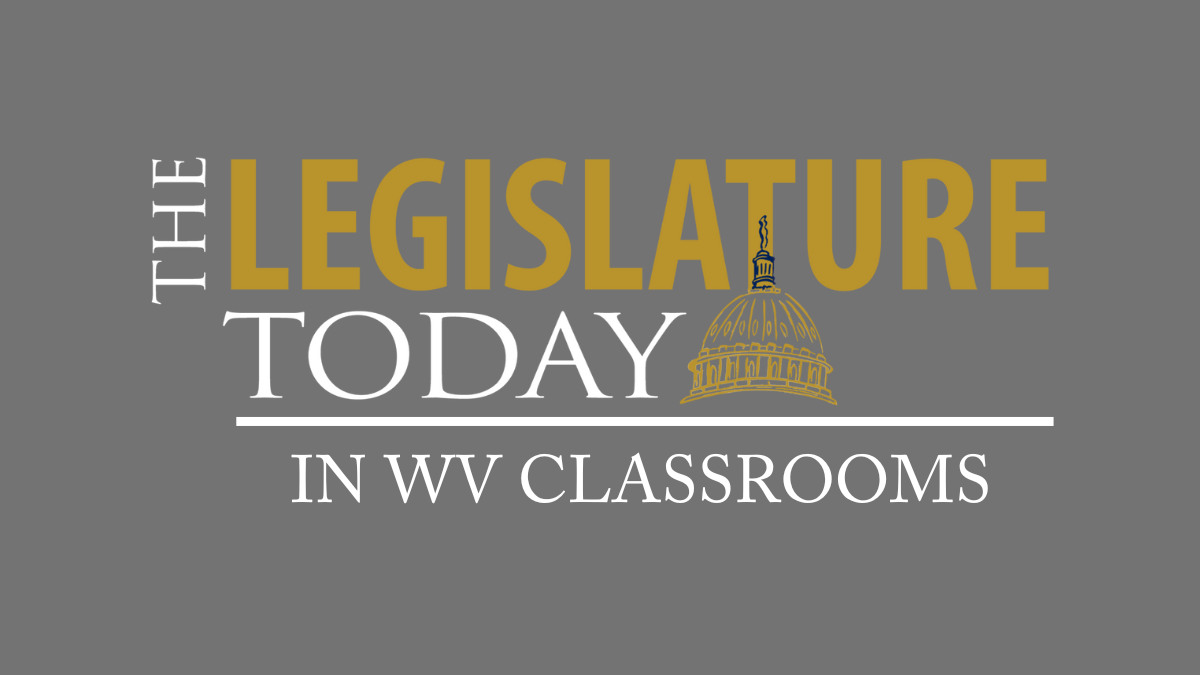When Gov. Jim Justice offered to dole out $100 savings bonds to those 35 and younger as incentive to take a COVID-19 vaccine, it came out of nowhere. No other governor had made such a promise. He said a bold, creative solution would be necessary for West Virginia to reclaim its former title as a leader in the nation’s vaccine rollout.
Justice might have been one of the first politicians to offer vaccine incentives. But plenty of businesses are way ahead of him. For the rest of the year, Krispy Kreme Doughnuts is offering a free glazed doughnut to anyone carrying their vaccine card.
Other companies are encouraging their employees to get vaccinated. Kroger gives $100 cash to any employee who gets both shots. Nationwide, 22 percent have taken them up on the offer.
Economists, doctors and behavioral scientists are weighing if such incentives for the general public will work.
Robert Litan, an economist with the Brookings Institute, called for $1,000 payments last summer.
“Well, when I originally proposed it, it was meant as a last resort,” Litan said.
America may be at that juncture. Centers for Disease Control and Prevention show vaccinations peaked in mid-April, when 3.3 million doses were administered daily over a 7-day average. That average has fallen 24% in just two weeks.
“So it seems to me it’s time to consider paying people,” Litan said.
He can’t say to what extent the $100 savings bonds will work, but he calls it a bold, innovative move.
“I’d like to see more states do this, maybe pay different amounts, so that we get some more data to figure out how much of a difference it makes,” Litan said.
Stephen Higgins directs the Vermont Center on Behavior and Health at Vermont University. He’s looked at studies on the effectiveness of cash incentives for getting IV drug users to take the series of HPV vaccines.
“In the one meta-analysis, it was a seven-fold increase in adherence. That’s nothing to sneeze at,” Higgins said.
Higgins says even small incentives, in the tens of dollars, work — especially when the phone bill comes due.
“The financial incentive kind of intersects with some other events going on in their life right now where that extra money could be helpful,” he said.
But Higgins said the savings bond is counterintuitive to the whole idea of incentives. A bond, which needs decades to mature, wouldn’t pack the same punch as cold hard cash.
Dr. Kevin Volpp, the director of the University of Pennsylvania Center for Health Incentives and Behavioral Economics, said bonds aren’t a bad idea. He worries more that people won’t have their bond in hand soon enough.
“If it’s the proverbial check is in the mail, that’s going to be much less effective than if people get the savings bond right when they get vaccinated,” Volpp said.
The state hasn’t said when these bonds will be made available. All that is known is that every young person who gets and has already gotten a shot will get their bond in the mail.
Volpp knows incentives work, but he says public officials should ask if there are other incentives besides cash. Vaccine passports might make more practical and economical sense.
“If a lot of things people wanted to do, whether they’re sporting events, concerts, going on a plane, if they all in essence said ‘if you want to participate in person, you need to get vaccinated,’ that would really incentivize people to get vaccinated in a more lasting way,” Volpp said.
Recent polling from the Kaiser Family Foundation found that 17% of American adults are taking a wait-and-see approach. Those people could be a target of incentive campaigns. But 20 percent say they’d never take the vaccine, or only if required. And even a $100 savings bond might not be enough to persuade them.























